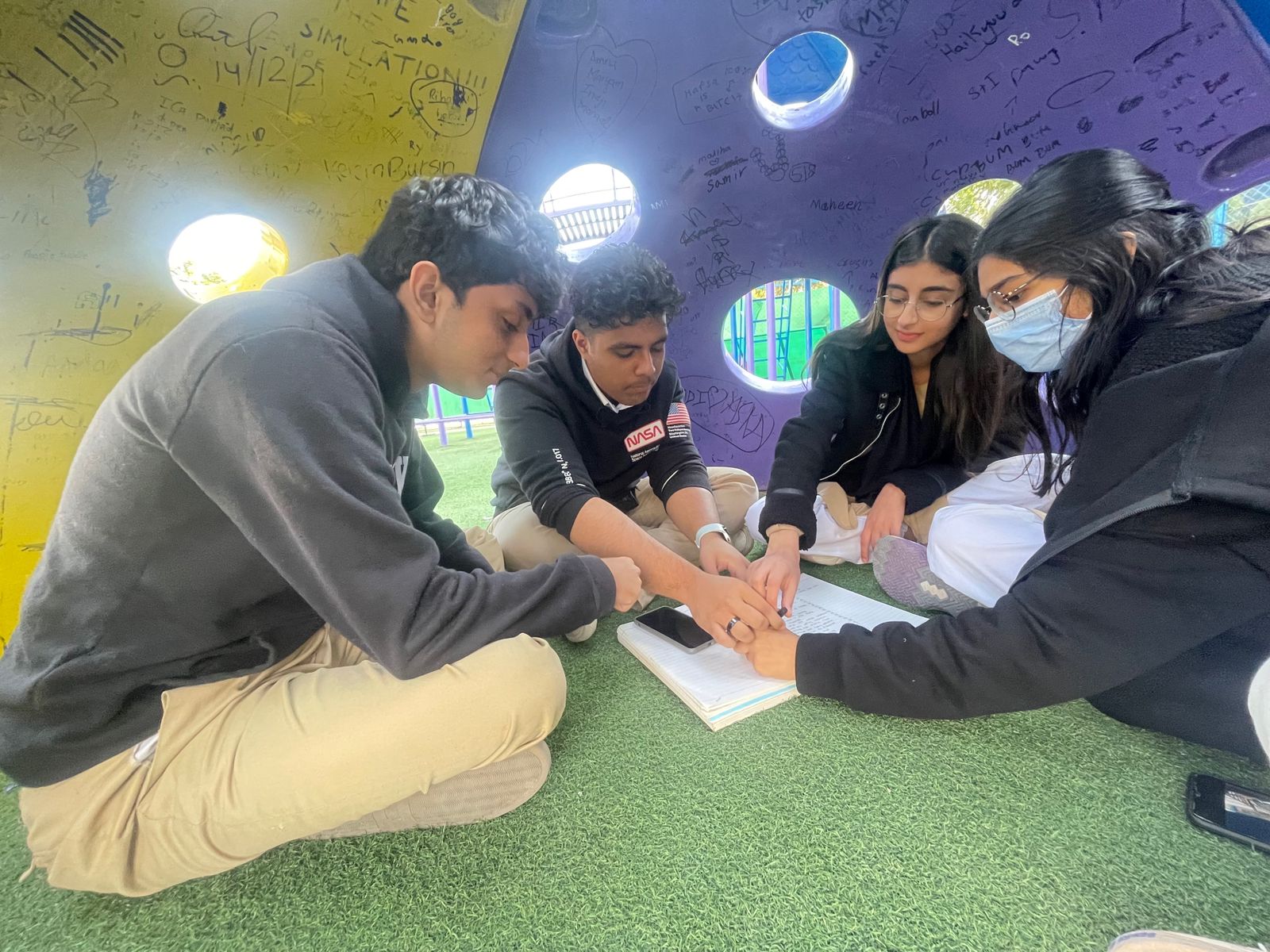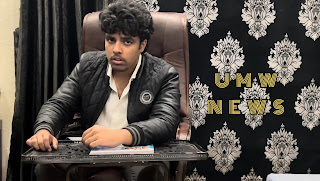American Psycho(2000)
Mary Harron’s American Psycho(2000) is a brilliant example of how to mix psychological horror with sharp satire, using cinematography and direction to deliver a visually striking and unsettling experience. Inspired by this, I’m looking to achieve a similarly meticulous and controlled aesthetic in my own film opening scene project.
One of the standout features of American Psycho is its cold, sterile visual style, which perfectly reflects protagonist Patrick Bateman’s detachment from reality. The cinematography, crafted by Andrzej Sekuła, showcases clean, symmetrical framing and smooth tracking shots that highlight Bateman’s obsession with perfection. The bright, artificial lighting in upscale locations like restaurants and offices sharply contrasts with the shadowy, dimly lit areas where his violent tendencies surface. This visual dichotomy enhances the duality of Bateman’s character—he’s a polished businessman by day and a brutal killer by night.
The direction also plays with perspective, prompting the audience to question Bateman’s reliability. Harron’s subtle approach to violence, often opting for cuts or suggestions instead of explicit gore, makes the horror feel more psychological. Take the infamous business card scene, for instance; it’s a masterclass in building tension, using close-ups and slow, deliberate cuts to transform an ordinary moment into something deeply unsettling. These techniques are influencing my own approach to creating tension—employing precise framing, controlled pacing, and character-driven cinematography to evoke unease without leaning on excessive violence.
In the end, American Psycho’s cinematics leave a lasting impression by drawing the audience into Bateman’s twisted world. Its visual storytelling inspires me to design an opening sequence that’s both stylish and unsettling, utilizing lighting, framing, and perspective to cultivate psychological tension.



Comments
Post a Comment